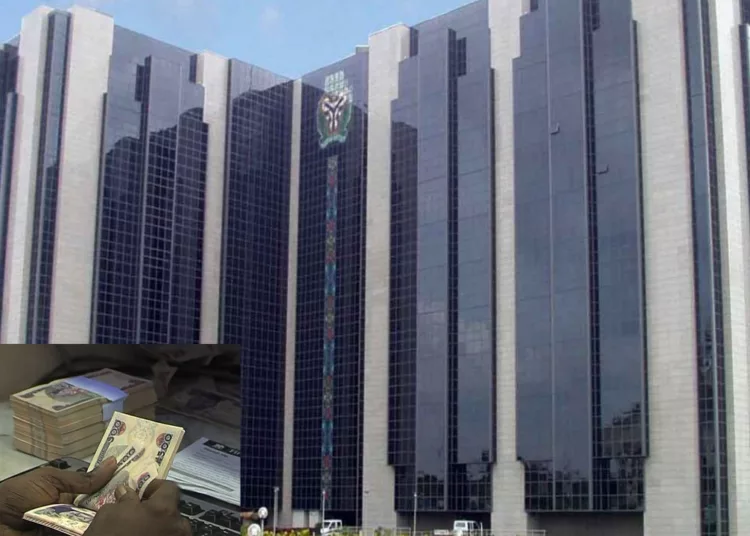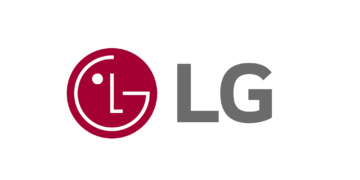With an average lending rate of 30 per cent in the banking industry, banks are becoming more cautious about lending, turning instead to the safety of the Central Bank of Nigeria (CBN) Standing Deposit Facility window.
Data from the CBN showed that banks’ placements with the regulator through the SDF surged to N10.91 trillion in July, up by 64.5 per cent from the N6.63 trillion accessed via the Standing Lending Facility (SLF) during the same period.
Liquidity has been on the rise within the financial system as banks raise fresh capital to meet the new capital base. So far, the CBN has confirmed that eight banks have met the new capital base, with over N2 trillion raised in fresh funds.
According to the head of Financial Institutions Ratings at Agusto & Co, Ayokunle Olubunmi, banks are increasingly turning to safer investment options as high lending rates and economic headwinds dampen credit demand.
The CBN’s Monetary Policy Committee (MPC) held the benchmark interest rate steady at 27.5 per cent at its last meeting in July, a position that real sector operators say makes credit expensive.
Olubunmi explained that the sharp rise in SDF placements reflects banks’ preference for risk-free investments amid concerns about businesses’ capacity to service loans at prevailing interest rates of over 30 per cent.
“The economy is hurting. If you are going to lend to people, the lending rate is around 30 per cent”, a rate that many businesses cannot afford.
He noted that while banks have raised significant capital, estimated at over N2 trillion, they are deploying these funds cautiously to avoid a surge in non-performing loans (NPLs). Olubunmi, while noting that banks are wary of extending loans that will push their non-performing loans beyond the limit, said, “The deployments where banks are focusing are safer options, like SDFs.”
The financial expert attributed the excess liquidity in the system to multiple factors, including recent capital raising by banks, growth in foreign assets, and a relatively stable exchange rate, which has encouraged the inflow of funds previously held in foreign currencies.
“There’s huge liquidity in the market, partly from the capital banks that have raised. Also, now that we have a relatively stable exchange rate, funds that would have gone to the foreign exchange market remain within the financial system. This adds to liquidity,” Olubunmi explained.
Last week, the overnight (OVN) rate at the interbank market declined by two basis points week on week to 26.9 per cent, driven by the strong liquidity position of circa N2.02 trillion, inflows from contractor payments of around N300.00 billion, and FGN bond coupon payments of N41.28 billion, which offset N185.93 billion debits for the FGN bond primary market auction.
Traders said liquidity position remained robust despite the mopping up of N1.55 trillion through the CBN Open Market Operation (OMO), settling at a net long position of N1.19 trillion.
The robust liquidity position is also evident in the oversubscription of virtually all instruments issued in the market, some by as much as 500–600 per cent.





